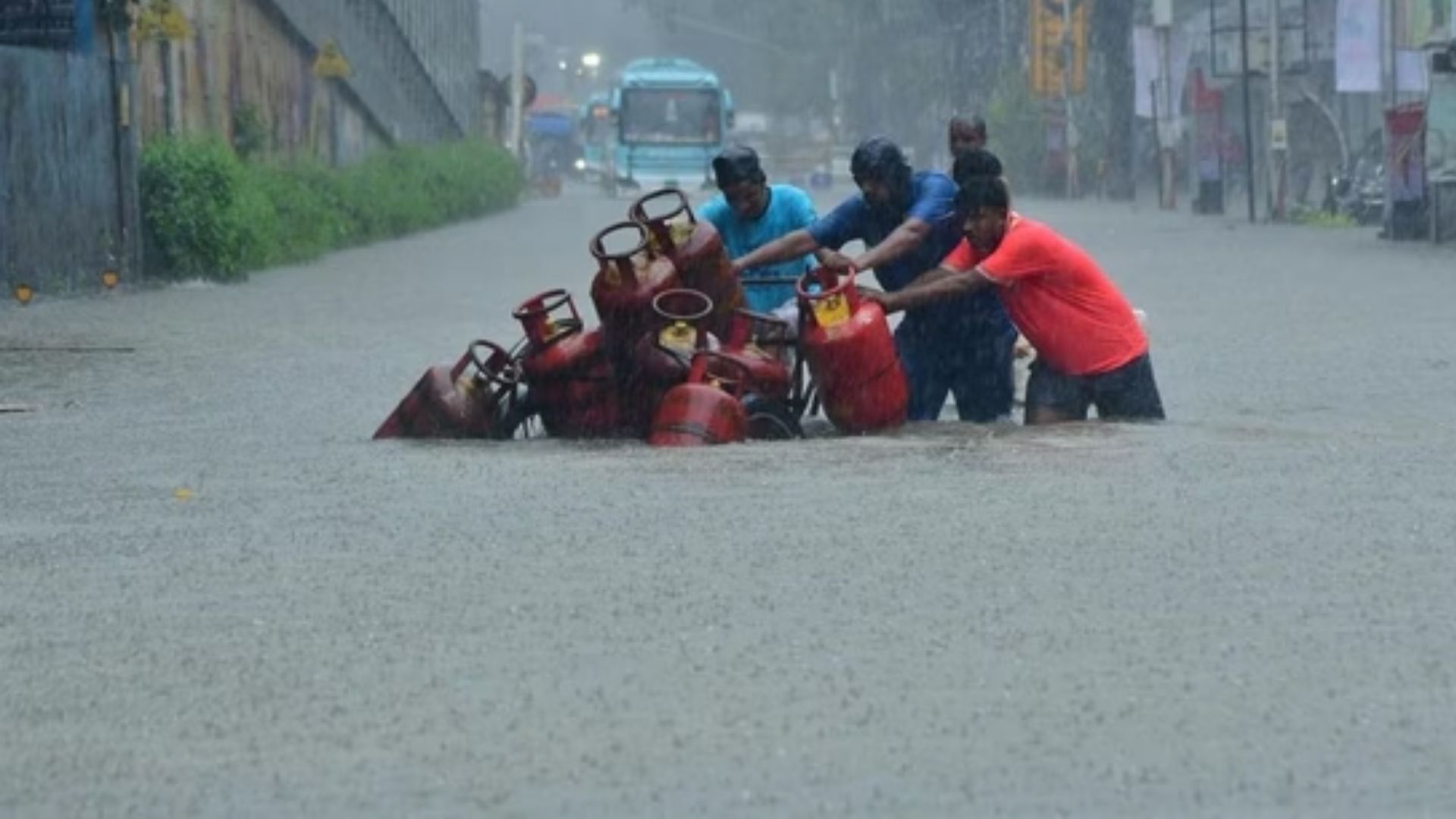Severe rainfall can be both a blessing and a curse. On one hand, it nourishes our lands and fills our reservoirs; on the other, it often brings disruption, floods, traffic chaos, and safety hazards. Recently, several regions in India have faced heavy downpours leading to waterlogging, overflowing rivers, and damage to infrastructure.
This blog aims to guide you through the meaning of severe rainfall alerts, why they matter, and how you can prepare yourself and your family to stay safe.
What Does a Severe Rainfall Alert Mean?
A severe rainfall alert is issued by the Meteorological Department when an area is expected to receive heavy to extremely heavy rainfall within a short time frame. These alerts are usually color-coded:
- Yellow Alert – Be aware.
- Orange Alert – Be prepared.
- Red Alert – Take action immediately.
When a red or orange alert is issued, it indicates the possibility of serious flooding, landslides, or major disruptions to daily life.
READ MORE : https://digitalmohit.co.in/category/news/
Why You Should Take Rainfall Alerts Seriously
Many people ignore weather warnings thinking it is “just rain.” But severe rainfall can:
- Flood low-lying areas and homes
- Disrupt electricity and internet services
- Block highways, railways, and flights
- Contaminate water supply leading to diseases
- Trigger landslides in hilly regions
- Put lives at risk due to drowning or accidents
The key is preparation before disaster strikes.
Safety Measures During Severe Rainfall
Here are some life-saving safety precautions to follow:
1. At Home
- Keep emergency lights, candles, and power banks charged.
- Store enough drinking water and dry food.
- Avoid stepping out unless necessary.
- Switch off electrical appliances if waterlogging enters your home.
2. While Traveling
- Avoid driving through flooded roads — vehicles can get stuck or swept away.
- Use public transport only if it is officially declared safe.
- Do not cross overflowing rivers, streams, or bridges.
3. Health & Hygiene
- Drink boiled or filtered water to avoid infections.
- Keep a first-aid kit and essential medicines handy.
- Wash hands frequently to prevent waterborne diseases.
4. For Families & Children
- Keep children indoors to prevent accidents.
- Teach them emergency contact numbers.
- Keep important documents (Aadhar card, property papers) sealed in waterproof bags.
Long-Term Preparedness
- Stay updated with weather apps and official news channels.
- Participate in local disaster management awareness drives.
- Ensure your insurance (health, home, or vehicle) covers flood damages.
- If living in flood-prone areas, know the nearest shelter or safe zone.
Community Support Matters
Severe rainfall doesn’t just affect individuals — it impacts entire communities. Helping neighbors, sharing resources, and volunteering with local NGOs can make a big difference. A simple act like guiding people to safe shelters or providing food can save lives.
Final Thoughts
Severe rainfall is a natural event that we cannot control, but we can control how prepared we are. By taking alerts seriously, staying cautious, and following safety measures, you can minimize risks and protect yourself and your loved ones.
















Leave a Reply